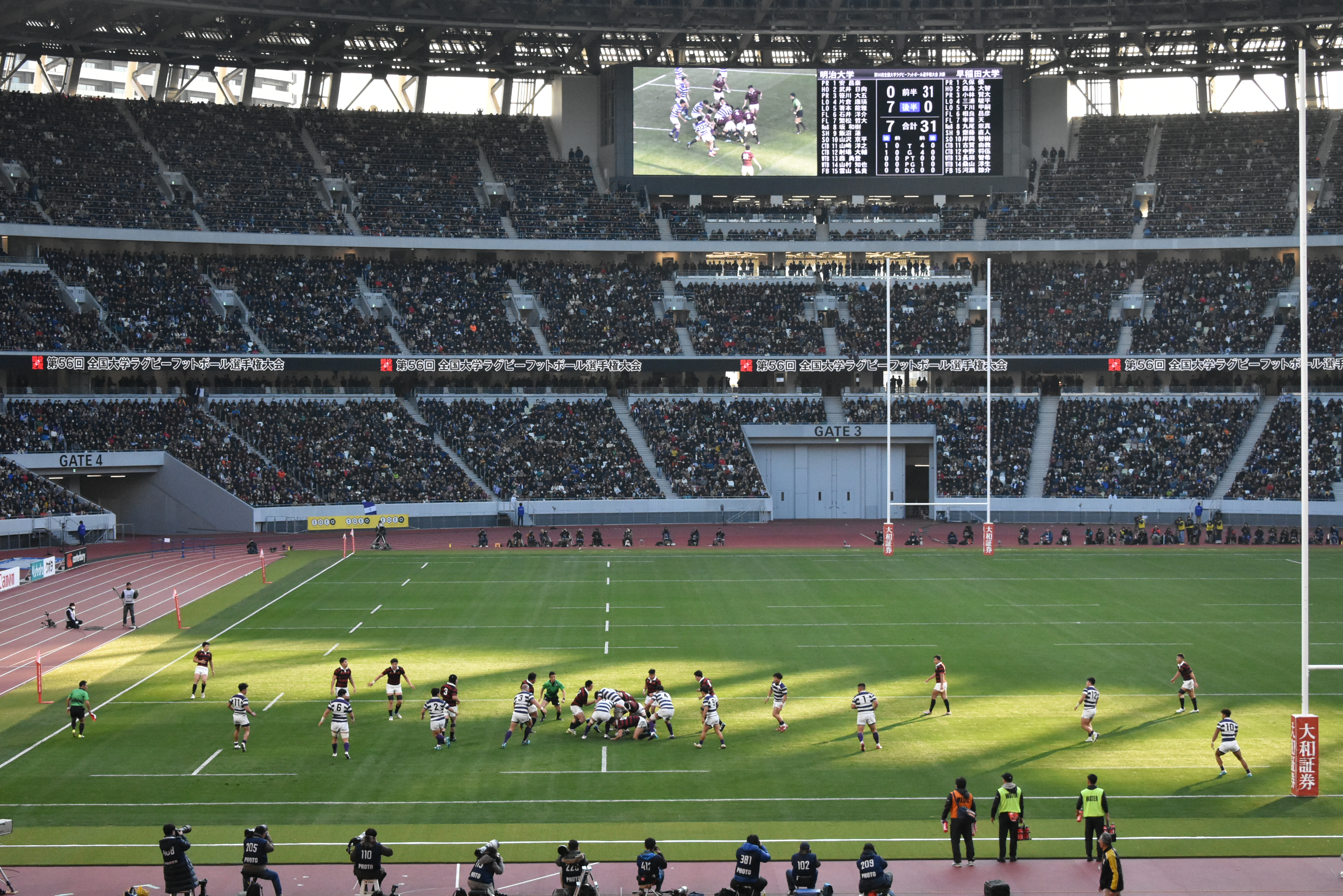|
Athletics At The 1964 Summer Olympics – Women's 400 Metres
The women's 400 metres was the second-longest of the four women's track races in the Athletics at the 1964 Summer Olympics program in Tokyo. It was held on 15 October, 16 October, and 17 October 1964. 23 athletes from 17 nations entered. The first round was held on 15 October, the semifinals on 16 October, and the final on 17 October. The 1964 Summer Olympics The , officially the and commonly known as Tokyo 1964 ( ja, 東京1964), were an international multi-sport event held from 10 to 24 October 1964 in Tokyo, Japan. Tokyo had been awarded the organization of the 1940 Summer Olympics, but this ho ... were the first to feature the women's 400 metres. Results First round The top five runners in each of the 3 heats advanced, as well as the next fastest runner from across the heats. Heat 1 Heat 2 Heat 3 Semifinals The fastest four runners in each of the two semifinals advanced to the final. Semifinal 1 Semifinal 2 Final References {{DEFAULTSORT:A ... [...More Info...] [...Related Items...] OR: [Wikipedia] [Google] [Baidu] |
Olympic Stadium (Tokyo)
The Japan National Stadium, officially named and formerly known as or , is a multi-purpose stadium used mostly for association football in Kasumigaokamachi, Kasumigaoka, Shinjuku, Tokyo, Japan. The facility served as the main stadium for the opening and closing ceremonies, as well as the venue for track and field athletics events at the 2020 Summer Olympics and 2020 Summer Paralympics in 2021. Demolition of the National Stadium (Tokyo, 1958), old National Stadium was completed in May 2015, allowing for the construction of the new stadium to begin on 11 December 2016. The original plans for the new stadium were scrapped in July 2015 by Prime Minister of Japan, Japanese prime minister Shinzo Abe, who announced a rebid after a public outcry prompted by increased building costs. As a result, the new design was not ready for the 2019 Rugby World Cup, as originally intended. A new design created by architect Kengo Kuma was chosen in December 2015 to replace the original design, ... [...More Info...] [...Related Items...] OR: [Wikipedia] [Google] [Baidu] |
